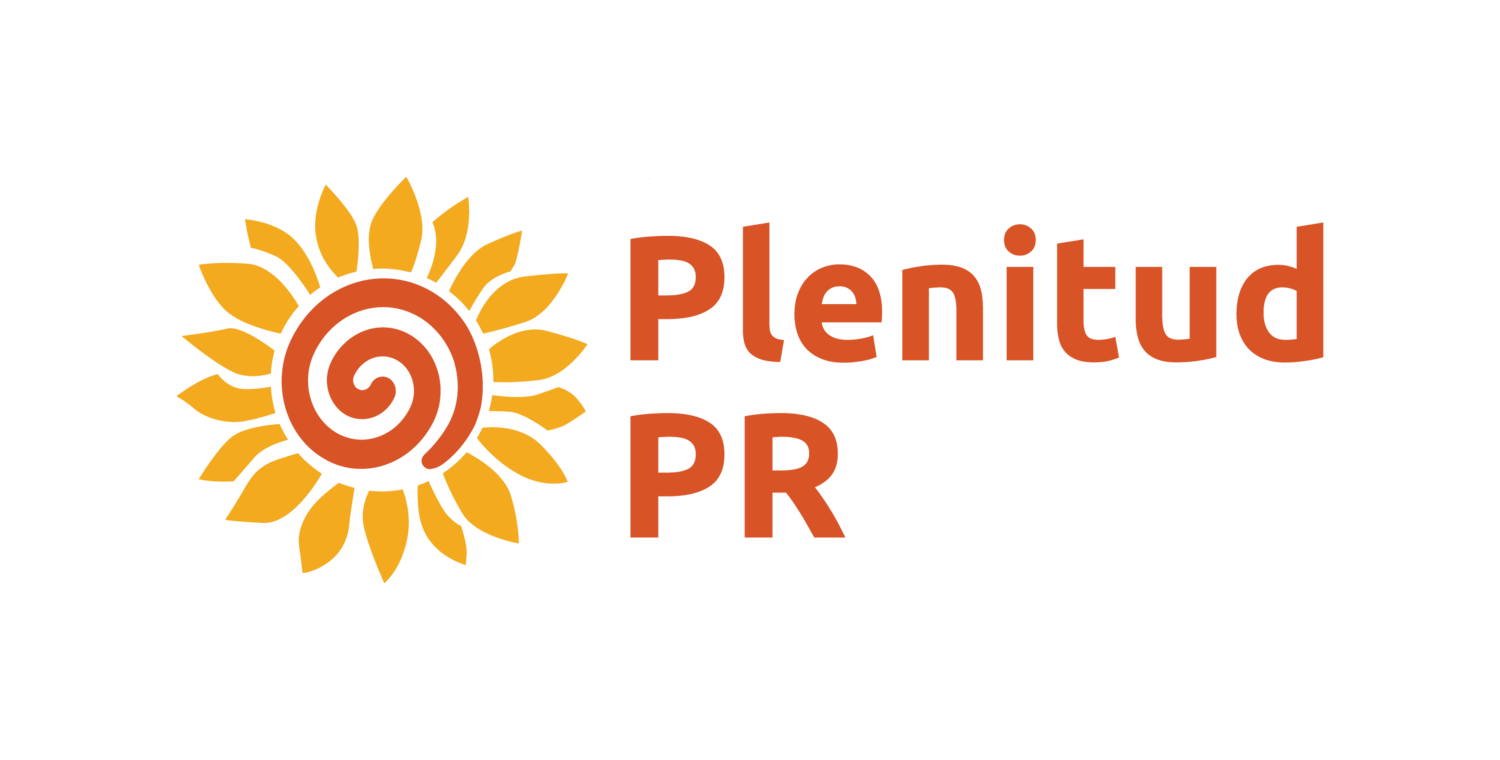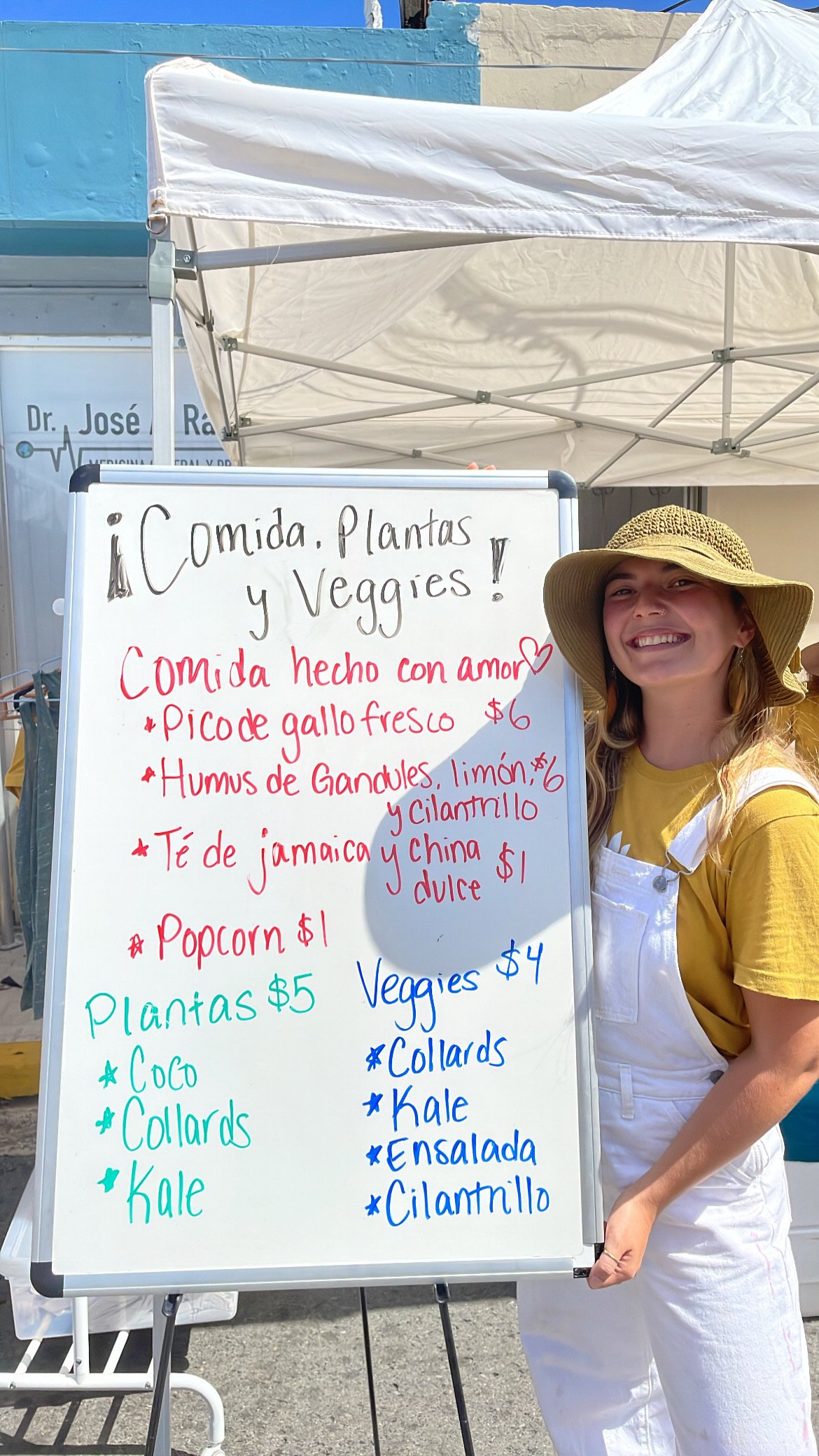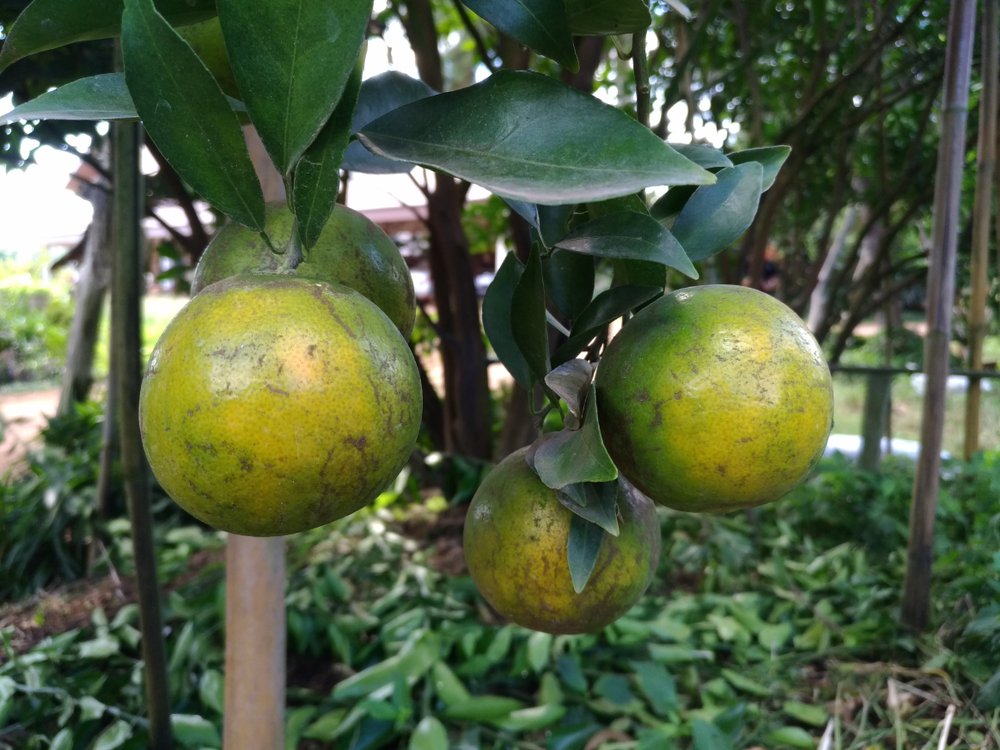Las Marías: The Town of Sweet Oranges
Following tradition in Puerto Rico, most municipalities host an annual festival highlighting the town and something it contributes to the island. Each festival could be highlighting an animal, such as San Sebastian’s Festival de la Novilla (festival of the heifer) or climatic conditions, like Adjuntas’ celebration of its mountainous cold peaks in the Festival del Frío (festival of the cold). This past weekend, our town of Las Marías celebrated the Festival de la China Dulce (festival of the sweet orange), honoring this abundant crop in the region, and we had the opportunity to join in!
The festival was extra special this year, as Las Marías celebrated its 150 year anniversary as an independent municipality of Puerto Rico! It was a privilege to have our own table at the festival and be able to celebrate our town alongside the community, and with people from all over the island who came to see all that Las Marías and the talented artisans, food producers, and musicians had to offer. We proudly represented Plenitud PR and shared our mission through selling plants for people's home gardens, fresh veggies from our agroecological farmers collective Placita Agrícola, and vegetarian foodwith vegetables from the farm!
Did you know?
Puerto Rico is the only Spanish speaking country that refers to Citrus sinensis as china dulce instead of naranja. It has been said that this name came to be because the Citrus sinensis originated in China and was imported in mesh bags with labels that said “China”!
With the festival bringing a lot of attention to our town and the china dulce itself, we began to look further into our town’s history with the fruit and how it came to hold the name “Las Marías: El Pueblo de la China Dulce.” In general, Puerto Rico has many of the ideal climatic and geographic conditions to grow citrus fruits, such as limes, grapefruits, and of course the sweet orange. For the china dulce, Las Marías natural agricultural conditions have yielded high production amounts due to its higher acidic soil, mountainous landscape that offers good soil drainage for the trees, and cooler temperatures in the evenings that enhance the color and flavor of the juice inside.
While Las Marías may have these specific climatic conditions, they’re not limited to our town. So what has made Las Marías be known for the china dulce, above the other towns? The passion and love for this fruit has brought unity and opportunities for the community. Since the town's founding in 1872, the cultivation of the china dulce has been a key contributor to the development of the town’s economy and livelihood of the town’s people. However, in recent years it has actually been quite difficult to find oranges that are from Puerto Rico…
In 2007, a harmful bacteria to citrus trees known as huanglongbing disease started to spread all over the citrus farms in Puerto Rico, carried by the insect asian citrus psyllid. Also referred to as “citrus greening,” the spread of this bacteria has continued to the present day, reducing the quantity and quality of citrus trees, especially those of the china dulce. These trees were more susceptible to the disease because they are not a native species to Puerto Rico, decreasing their ability to adapt and resist the disease. Infected trees produce fruits that are green, misshapen and bitter, as the disease decreases the levels of fructose and increases acidity in the fruit.
Agroecologically grown sweet oranges at partner farm Bosque Caos.
Example of oranges that are affected by citrus greening.
While citrus greening has caused devastating losses to farmers all over the island, it has been especially challenging for those who have conventional agriculture practices such as monoculture planting - the cultivation of a single crop species in an area. This has been the typical way of farming for many agriculturists in Las Marías and over the last few years, many citrus farmers have had to close down their farms due to a loss of production and sustainable income.
Does that mean that growing theˆchina dulce, or other citrus fruits, can’t happen any more in Puerto Rico? No! Agriculture is not simply just about what you plant - but how you plant. How do we make sure that ecosystems are balanced and that one element of the system can be in support of another?
When citrus farming began here in Puerto Rico and in our town of Las Marías, there were less conversations about how to farm sustainably and for long-term prevalence as subsidies and government programs supporting conventional practices made other more sustainable (and traditional) methods of farming inaccessible.
However, as the climate crisis has continued to change almost every aspect of farmers’ lives - the weather patterns, growing seasons, crop selection - we must adapt our farming practices with it.
Some permaculture and agricultural practices that we follow to farm more harmoniously with Mother Earth are planting a diversity of crops, returning to native species, and always listening to what nature is telling us through observing and learning from her cycles.
Transforming farming practices to cultivating different kinds of crops gives the ecosystem more balance so that it can prevail in the long term. We don’t want to just take from the land for production and profit; we want to enrich the soil and diversity of flora and fauna with nutrients from a variety of plants and harvest. When you think about an untouched forest, thriving with vibrant colors and full in colors and rich in life, there is so much abundance in the different forms. Observing and imitating natural spaces while we are designing our farms and selecting crops for planting is one of the most helpful processes for prosperous production in agroecology that we’ve found.
Jordan and Sofía from Finca Agroecológica Bohití with carrots grown in their farm!
And in Las Marías, we know through our own experience - and those of our partner farms - that there is an abundance of different crops that can grow. While the town may have started with the china dulce, it can continue to explore and rebuild its agricultural economy and culture with more diverse and native crops. For instance, one of our partner farms Finca Agroecológica Bohití continues to grow varieties of citrus fruits such as mandarins, grapefruit, and the china dulce, while also cultivating herbs, leafy greens, and root vegetables.
At the festival, we asked the community: “What does Las Marías represent to you?” Believe it or not, there was not a single written answer that said “china dulce”, but there were answers like “nature”, “mountains on mountains”, “agriculture”, and “abundance.” The people of Las Marías have always been extremely rooted in their connection to Mother Earth and each have a unique story of how their relationship with the natural world has impacted their lives. While maintaining the culture and pride that Las Marías holds for agriculture, we also have to continue to explore and remain conscious of all the possibilities this land has to offer.
We are so proud to call Las Marías the homebase of Plenitud PR, and grateful that the community has opened their arms and homes to us over the years.









